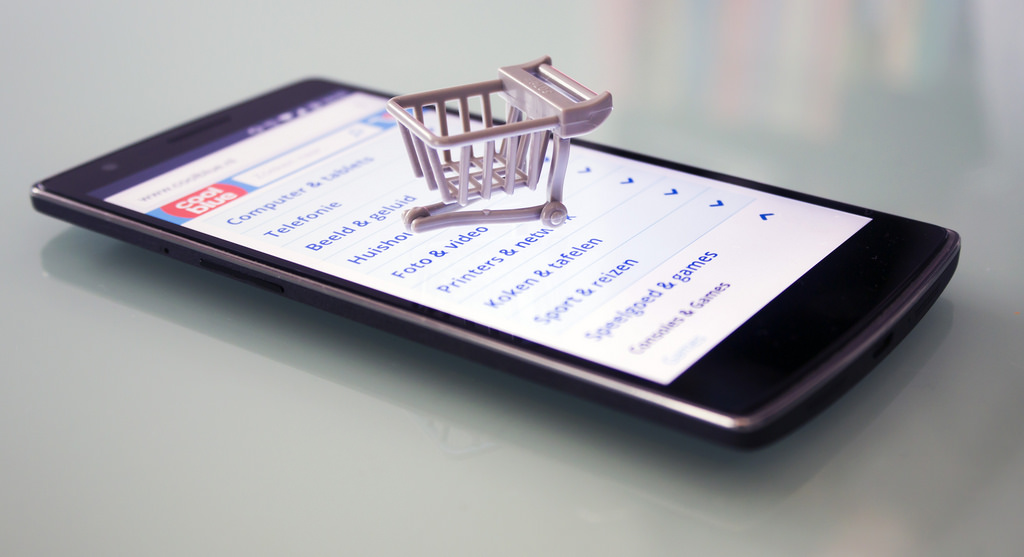 “Direct To Consumer: That’s really only for the really big companies, isn’t it?†I’m quoting from a recent conversation during a panel discussion with a group of senior executives from the consumer goods industry. We were discussing the fact that some very large consumer goods companies were now making significant Direct To Consumer plays (for example, Unilever’s billion dollar acquisition of Dollar Shave Club). The view was that this was only something for the consumer goods giants to worry about. The sense I got was that, while they were aware of Direct to Consumer as an important trend in the industry, they didn’t think there was going to have a major impact on their business. Unfortunately, they are wrong. Direct to Consumer will have a massive impact on the consumer goods industry over the next five years. Direct to consumer changes the dynamics of offline retail as well as online. A model which has stood, largely unchanged, for the last few decades. Are you ready for the era of Direct To Consumer?
“Direct To Consumer: That’s really only for the really big companies, isn’t it?†I’m quoting from a recent conversation during a panel discussion with a group of senior executives from the consumer goods industry. We were discussing the fact that some very large consumer goods companies were now making significant Direct To Consumer plays (for example, Unilever’s billion dollar acquisition of Dollar Shave Club). The view was that this was only something for the consumer goods giants to worry about. The sense I got was that, while they were aware of Direct to Consumer as an important trend in the industry, they didn’t think there was going to have a major impact on their business. Unfortunately, they are wrong. Direct to Consumer will have a massive impact on the consumer goods industry over the next five years. Direct to consumer changes the dynamics of offline retail as well as online. A model which has stood, largely unchanged, for the last few decades. Are you ready for the era of Direct To Consumer?
The Direct to Consumer dream becomes real
It’s been the dream of consumer goods companies for a very long time – probably ever since they handed over control of the shopper interface to retailers. Back when consumer goods companies really got going in the late nineteenth century, many of them had direct to consumer models – door to door deliveries, or owning their own retail outlets. But over the decades, brand manufacturers were seduced by the promise of cheap and easy distribution and allowed retailers to take over. In the era of consumer marketing, no-one seemed to care about the shopper interface. As the decades rolled on the cost of that service has escalated – and the lack of control of shopper interface has become more painful. Little wonder then that manufacturers are now taking the first steps towards Direct to Consumer models.
Direct to Consumer is more Direct to Shopper
But what a price to pay! Back in the day consumer goods companies thought very little about shoppers. Marketing was all about consumers, and that relationship was forged on TV and in magazines, far away from the world of retail. Ceding control of the shopper interface was perhaps seen as no big deal at the time. But as more and more money has slid into trade spend, and brands have become aware of the power and importance of shopper marketing, it has become clear what has been sacrificed.
In today’s retail world manufacturers have little control over how their brand connects with shoppers. Retailers select products. Retailers display them. Retailers decide what point of sale materials are allowed. Retailers often set prices, and decide on promotions. While brand owners can influence retailers, they don’t control that interface. Brands fund it, but have a more limited say in how those funds are spent.
Regaining control over the brand/shopper interface
Direct To Consumer is, for many consumer goods companies, a desirable concept. Rather than paying a retailer to stock and distribute products, the brand chooses to do so itself, direct to the consumer (or if we want to be specific, direct to the shopper!) And in doing so wrests back control of the shopper interface, of how the shopper marketing relationship works, and how marketing funds are spent. Exciting times to be a shopper marketer!
Mega consumer goods companies have been playing at this for a while. In more recent times, start-ups have begun to intercede. And last year’s purchase of Dollar Shave Club by Unilever was a clear statement of intent. The old rules were being broken. There was a new model for the consumer goods companies – and it’s all about shoppers.
Direct to Consumer will change offline as well as online retail
Not everyone will want to buy direct from manufacturers, in the same way that not everyone wants to buy on , or from discounters. But the Direct to Consumer model is yet another step in the fragmentation of shopping, which will rock the industry over the next five years.
And it’s not just about what happens online. Existing customers will come under pressure, and will put pressure on brands to increase funding. But the aisles in their stores won’t necessarily have the shoppers that brands want to invest in (because some of them will have moved to new Direct to Consumer channels. If 15% of razor shoppers go online, then how much are other razor manufacturers going to invest in the 85% of shoppers still going to offline stores? Existing spend will therefore be less effective.
Whether you are planning a move into Direct to Consumer or not in the next few years, you will certainly need to build a stronger understanding of shoppers, and shopper marketing. Handing over money to retailers and letting them spend it is no longer going to be an option. Smart executives will invest in shopper research, identify their target shoppers, and start working out how to market to them in a much more refined world.
The demands on investment are going to be high: new models will need investment, but so will existing legacy channels and customers. Managing limited funds across an increasingly fragmented shopper interface is going to be a critical skill for the modern marketer.
To step your business forward into the new world of shopper marketing, check out this e-book on Channel Strategy in the age of the digital shopper (its free). And if you are interested in building your teams skills in the areas of shopper marketing, check out Shopper Marketing Experts, a brand new online learning environment for anyone in the consumer goods industry.
Image: Flickr





